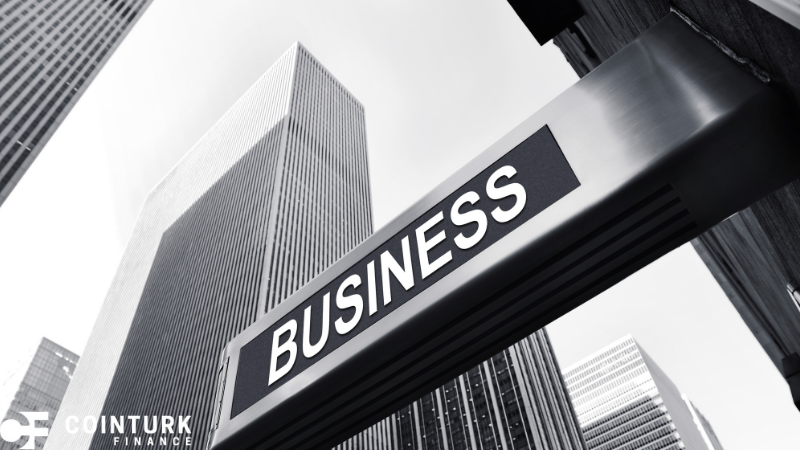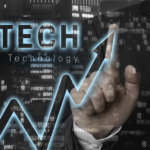Tesla (NASDAQ:TSLA)’s recent unveiling of the “Cybercab” marks another step in its autonomous transport strategy. Elon Musk presented the prototype in a Hollywood-themed event, promising innovations like self-driving cars and robots. The event focused more on future possibilities than on concrete timelines or details, leaving investors cautious about the company’s ambitious goals. Although Musk envisions a future dominated by autonomous vehicles, the challenge remains in transforming these ideas into reality.
How Does Cybercab Compare to Competitors?
Competing with Tesla in the autonomous vehicle space, companies like Waymo and Mercedes-Benz have already made significant strides. Waymo’s robotaxi service operates around the clock at Phoenix’s airport, while Mercedes has launched Level 3 autonomous systems in the U.S. These advancements suggest Tesla is playing catch-up, despite its bold announcements. The competitive landscape emphasizes the need for Tesla to deliver on its promises to maintain a leading position.
Are Regulatory Hurdles a Major Concern?
Yes, regulatory challenges pose a significant obstacle for Tesla’s autonomous ambitions. The U.S. Department of Justice is investigating Tesla’s Autopilot system due to safety concerns, which highlights the stringent scrutiny faced by autonomous vehicles. These regulations, designed to ensure safety, could delay Tesla’s plans for widespread adoption of self-driving technology. Navigating these hurdles will be crucial for Tesla to succeed in deploying its autonomous fleet.
The integration of generative AI in the automotive industry is rapidly advancing, with 75% of automakers planning to adopt such technologies. This trend indicates a shift towards smarter, more connected vehicles. Tesla’s approach aligns with this direction, but it must address operational and regulatory concerns to capitalize on this technological wave. The industry’s move towards AI underscores the importance of innovation in maintaining competitiveness.
Tesla’s event also showcased the Optimus humanoid robot, part of its broader vision beyond vehicles. These robots, designed for tasks in logistics and warehouses, hint at a future where automation extends into various sectors. Payment systems integrated into these robots could streamline operations, suggesting a potential transformation of traditional industries. This expansion denotes Tesla’s interest in creating a comprehensive automated ecosystem.
The concept of in-vehicle payments points to a new market opportunity. By integrating payment systems within vehicles, transactions can become seamless and personalized. This innovation could enable new revenue streams through data monetization and targeted advertising. As Tesla explores these possibilities, establishing a robust payment infrastructure will be critical to realizing this vision.
Robust challenges accompany Tesla’s ambitious plans, including competition from established players and regulatory scrutiny. The company’s ability to deliver on its promises will determine its success in reshaping transportation. While Tesla’s vision of autonomy remains captivating, its realization depends on overcoming these significant hurdles. For investors and consumers alike, watching how Tesla navigates this landscape will be key to understanding the future of autonomous transport.










